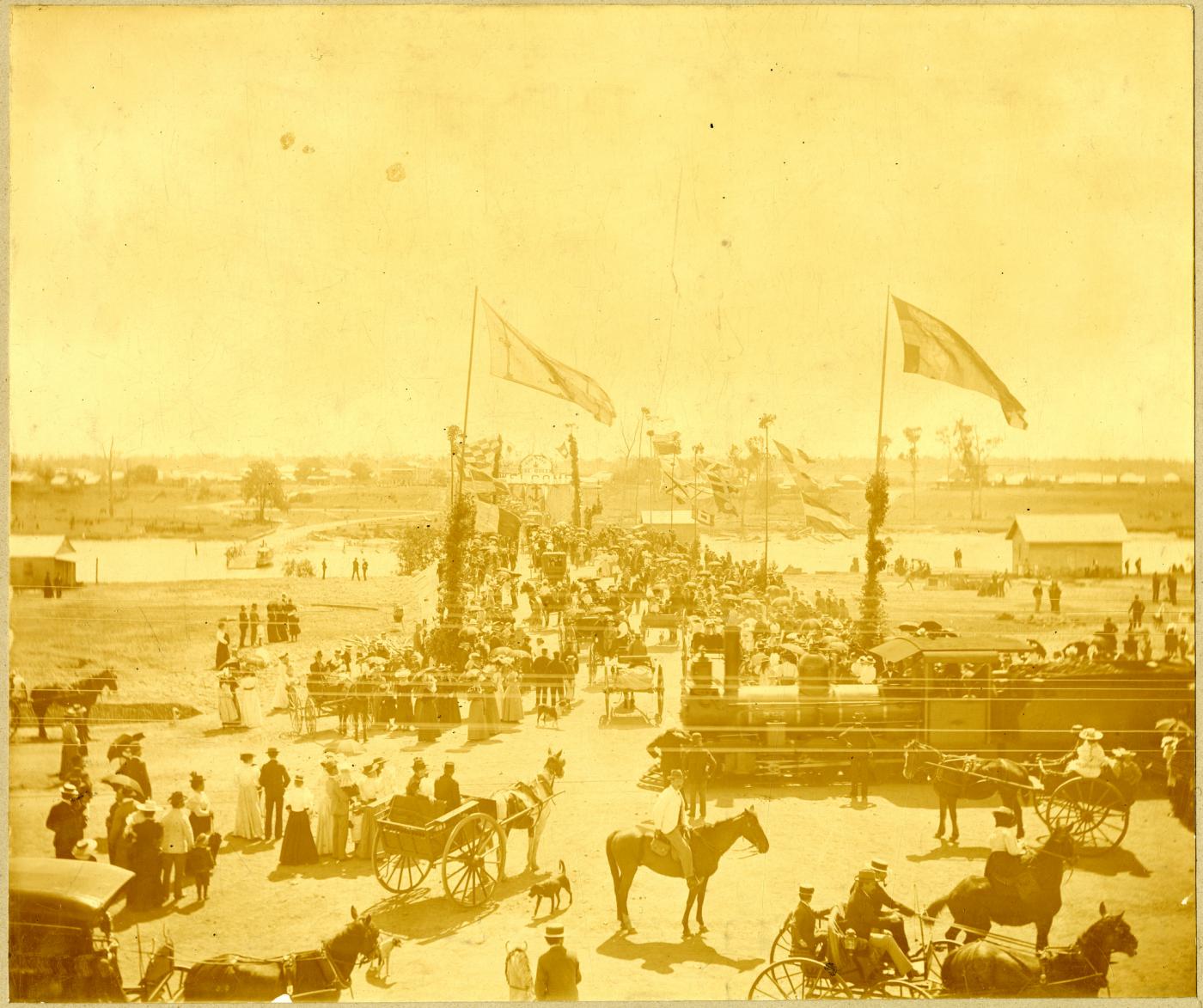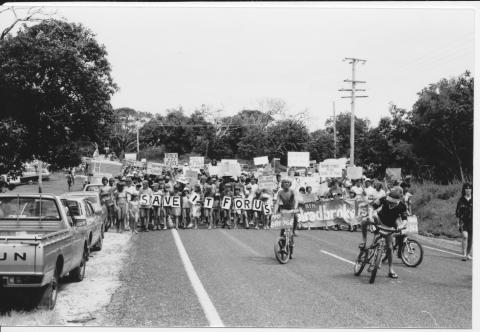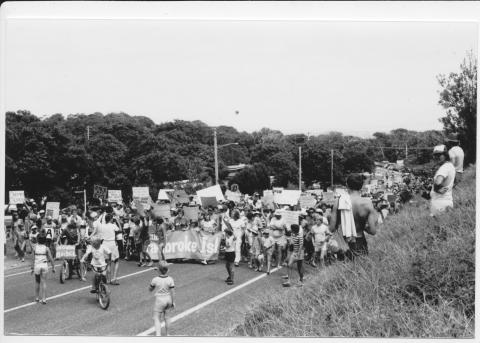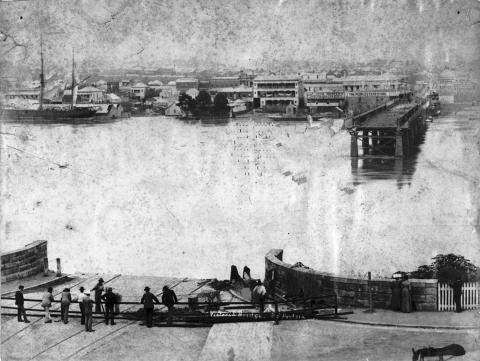
- News of the day
-
Gympie Times and Mary River Mining Gazette, 25 August 1900
OPENING CEREMONY
The handsome traffic bridge over the Burnett River was formally opened to traffic to-day by Lord Lamington.
His Excellency the Governor and party were entertained at lunch by the Burnett Bridge Board at the Queen's Theatre to-day. There was a very large gathering, including a large number of ladies. Lord Lamington, responding to the toast of 'the Governor,' paid a tribute to the ability of the Queensland Parliament and Government. He hoped the electors would maintain its reputation by selecting the best men to represent the colony in the Federal Parliament.
Mr. Philp responded to the toast of 'the Ministry,' and said the Government had plenty of work before them, but were determined to got through all the business now before Parliament. Messrs. Rutledge, Murray, and O'Connell also responded.
The toast of 'the Parliament' was responded to by Messrs. Paterson, Leahy, Giassey, and Lesina. The latter said he came without invitation, and to protest against the manner his party were treated with regard to this function.
- Background
-
When it was opened the Burnett Bridge was the fifth longest metal truss bridge in Australia. Of the others, all have been demolished or decommissioned. Although the trusses of the Burnett Bridge were almost identical to those of the Victoria Bridge, those of the Brisbane bridge had a wider roadway divided into two portions running between three trusses, whereas Burnett Bridge has only two trusses.
Although the river had been bridged by the railway in 1891, the traffic bridge was viewed by the public as being of great importance for the continuing progress of Bundaberg. This was demonstrated by public meetings held to support the building of the bridge and the participation of local authorities in its building. It was completed at a time when funds for local authorities were scarce because of priority given by the government to developmental railways. Half the cost was met by endowment; the other half was advanced to the local authorities as a loan repayable in forty years.
The following extract is courtesy of the Queensland Heritage Register
/152.3451006,-24.8602278,7/450x450@2x.png?access_token=pk.eyJ1IjoicXNhLWRpc2NvLXFsZCIsImEiOiJjamJmdTgyZXEyeWNjMnlxZm8xcmtieHgxIn0.lmT9J5tTPKGuuccQgCVSAg)



